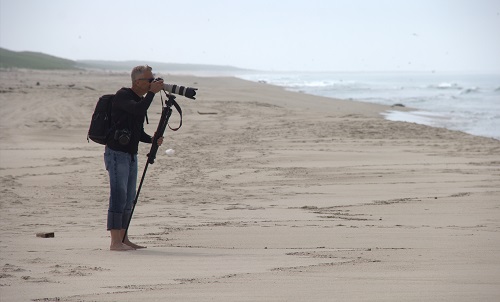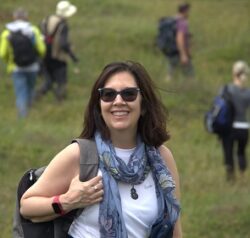
Most of my readers are aware that I enjoy research almost as much as writing the book (sometimes more when I can tick off a major bucket list item). On that note, my latest research trip took me to Sable Island, roughly 300 km off the coast of Halifax, Nova Scotia. It’s a tiny crescent shaped island of sand and grass—basically a giant sand dune—where wild horses have been roaming free for centuries and hundreds of sailing ships have run aground. It has a fascinating history that includes the Sable Island Lifesaving Establishment for the rescue of shipwreck victims, a weather station, and a busy telegraph station.
The history of Sable Island fascinates me as much as its geography and wild horses, and I feel blessed to have finally set foot there. I’ve always considered it the unicorn of travel destinations because it’s been difficult to reach, at least in my lifetime. But in 2013, Parks Canada became the island’s official caretaker and it’s now a National Park Reserve, so Sable is more accessible to the public. Sort of.
We tried to book a tour last year, but we were too late and couldn’t find any available seats with the travel companies. But we were proactive in January of 2023 and made sure we were first in line to book a visit with Kattuk Expeditions which takes small groups by helicopter. Our friends Natalie and Darrell, our travel companions in Tuscany when I researched THESE TANGLED VINES, joined us, as they too have always dreamed of visiting Sable Island (and they are always up for an adventure).

We all knew that if we were lucky enough to reserve a tour, there was no guarantee we’d actually get there. Tours are weather-dependent, and Nova Scotians are all too familiar with how quickly a fog bank can roll in and how unpredictable that fog can be. In addition, weather in the summer of 2023 was a rollercoaster ride for Nova Scotians. Stephen and I were evacuated from our home due to wildfires in late May, and the month of June brought record amounts of rainfall. Of course, we were grateful for the rain after the fires, so we wouldn’t dream of complaining. But we had a trip booked for Sable, and we didn’t want to get rained out.
We were originally scheduled to go on June 18, but fog was in the forecast. We tried to stay positive by adhering to the first rule of weather in the Maritimes: If you don’t like it, just wait five minutes.
It was touch and go the day before. Fred, our guide from Kattuk Expeditions, kept in touch with us via email about whether the trip could go ahead. That night, it seemed like everything was looking good for the morning, so we rose early and drove to the heliport.
When we arrived, we met our guide Fred and waited about an hour until Dave, our pilot, decided it wasn’t safe to go. Even though skies were clear in Halifax, there was a zero-metre fog ceiling at Sable, so as far as I’m concerned, he made the right decision. Safety first. But naturally we were disappointed as we drove home.
A few weeks later, Kattuk Expeditions added a new tour date in July, so we immediately jumped on it and Natalie and Darrell booked seats as well. The night before, fog loomed in the forecast, but it was supposed to lift by mid-morning, so off we went to the heliport again.
“It’s Groundhog Day,” Darrell said when he met us in the lounge, as we found ourselves waiting again for an all-clear signal from our pilot.
While we were waiting, our Canadian Prime Minister Justin Trudeau, who had come to Halifax to open the North American Indigenous Games, was scheduled to fly back to Ottawa. Security agents arrived to clear the way, so the staff moved us upstairs to the private pilot’s lounge. We all watched from the windows as a convoy of shiny black vehicles circled the CAF plane on the tarmac, stopped just below us, and then the Prime Minister got out and boarded. We all gawked and took pictures and video. It was like a pre-show, helping to pass the time while we prayed for the fog to lift.
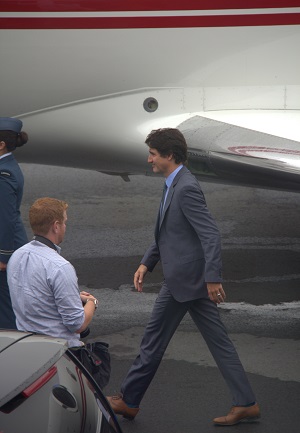
When the staff brought us back downstairs, our guide Fred came to collect our boots to clean the rubber soles. (Care is taken to make sure visitors don’t bring unexpected pathogens to the island.)
With all the uncertainty, Vanessa in our group said, “I’m starting to wonder if this is all a big scam.”
Stephen said, “They were planning all along to steal our boots!”
“Playing the long game,” I added.
Then the helicopter pulled up outside the building and Vanessa said, “This scam is getting more elaborate.”
We all laughed, feeling cheerful when Fred returned our boots to us and the helicopter was refueled outside the window—all good signs for a go-ahead.
At last, we felt confident that the trip was going to happen, and we filed outside to board the chopper.
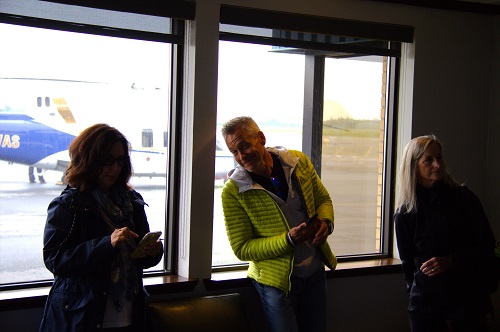

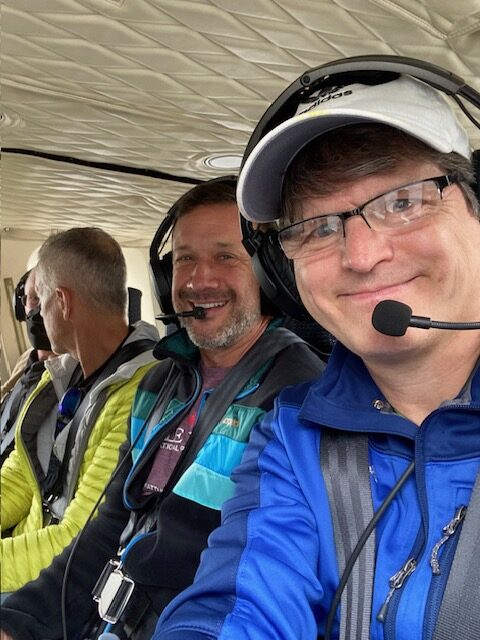
The helicopter ride lasted just over an hour, and it was very smooth over the Atlantic. We chatted through our headsets to pass the time, and there was much discussion about cameras and lenses.
Then the approach to the island filled us all with excitement and anticipation. At last, the mythical unicorn was real.
From the sky at low altitude, at the tip of the island, we spotted hundreds of grey seals on the beaches and then Main Station and a few wild horses grazing in the lush, green interior.
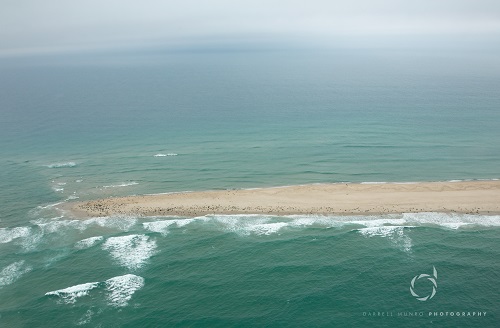
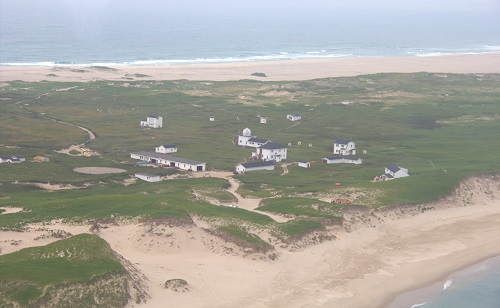
We touched down on the landing pad and removed our headsets and seatbelts. As soon as my feet hit the ground, I inhaled the fresh scent of the ocean and the unique fragrance of the island’s vegetation and felt almost intoxicated by it. Heaven, I tell you!
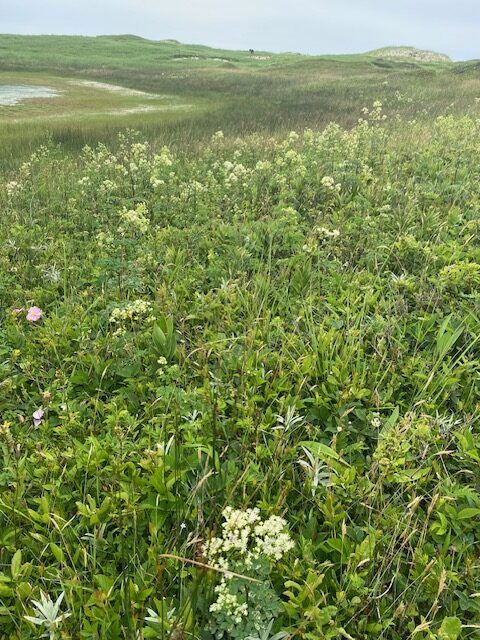
Our group was greeted by two friendly Parks Canada employees who carried our heavy items to their jeep on the beach and drove them to Main Station while we chose to walk with Fred, our guide. Fred had informed us that the group on the previous trip had seen only five horses all day. I’ve done enough wildlife expeditions to know that sometimes you don’t see a whale or an eagle or whatever you’ve come to see, so I was prepared to spend time hiking around, keeping my eyes peeled.
As it turned out, we saw over a dozen horses in the first five minutes. Out came the tripods, and cameras started clicking. For the next five hours, wild horses were everywhere we went.
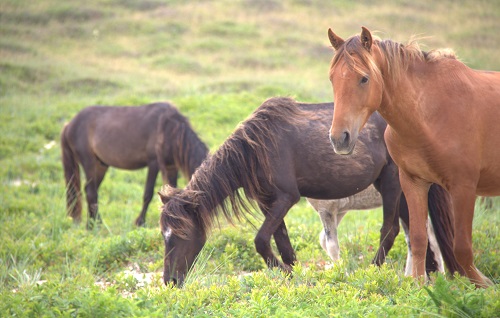
The horses of Sable Island are protected by Canadian law, so we weren’t supposed to touch or disturb them in any way. Twenty meters is the required distance to keep, (which is still a close view), but sometimes we had to dash to keep beyond that distance because they were in front of us, behind us, and sometimes approaching us, wanting to use the same path. They were beautiful and majestic, just as I’d always dreamed they would be, and everyone with a camera had a mighty good time.
We finally arrived at Main Station’s Visitor Center where we enjoyed a delicious but quick lunch because we wanted to get back out there as soon as possible.
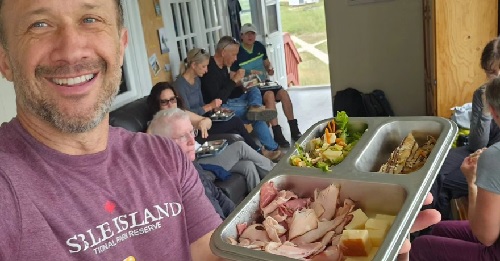
We ventured outside to explore, pleased to know that Sable has no ticks, black flies, or mosquitoes. Again, we encountered horses everywhere, including a few decaying carcasses as the animals don’t receive any veterinary care, and the island is left to its natural state regarding the circle of life.
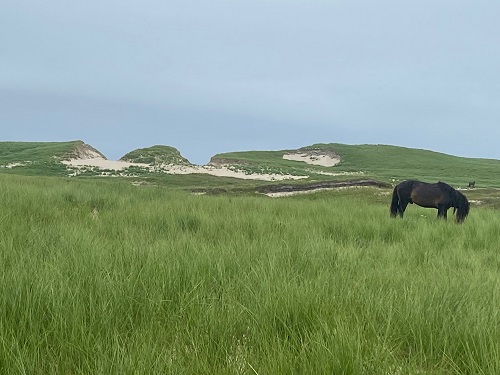
Since this was a research trip for the book I’m writing, I was eager to see some of the old buildings where I’m setting scenes in the 1940’s when life on Sable was quite different from today. In the previous century and early part of the twentieth century, there was a small community of residents that operated a life saving establishment for victims of shipwrecks. The residents also maintained a telegraph station and a meteorological station where they launched weather balloons.
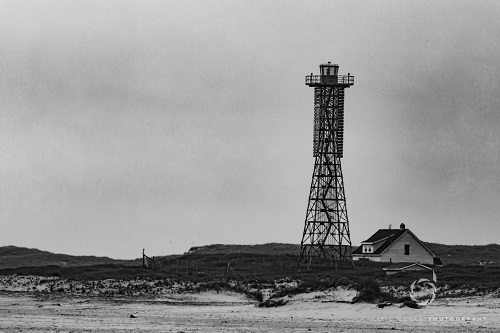
I’d already done quite a bit of research on the history of the island, but nothing compares to getting my feet on the ground to sniff, listen, and touch. That kind of research—just being there and absorbing it—is invaluable.
Towards the end of the day, our group went in search of seals on North Beach, and a large herd was waiting for us as we emerged from the grassy interior between two high dunes…

The moment they noticed our approach, they started galumphing toward the water, bouncing down the sloping sand like big water balloons with flippers, but a few curious ones returned to swim up close and check us out.
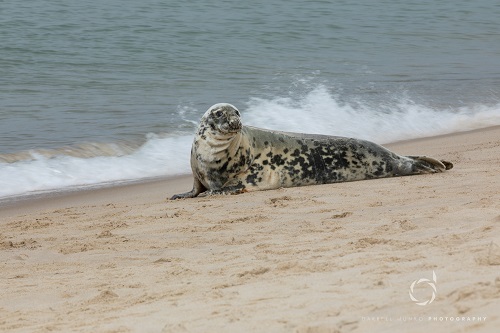
We lingered a while, relaxing on the beach and watching the seals swim. Then we made our way back to Main Station to catch our ride at 6pm.

Just before we left the station yard, we had the pleasure of meeting Zoe Lucas who has been conducting research on Sable Island for more than forty years. (I highly recommend the award-winning documentary Geographies of Solitude which follows Zoe in her role as a naturalist. It’s an exquisite depiction of the island.)
Our Parks Canada hosts, Sarah and Emma, drove us to the helicopter pad in a Jeep and a Polaris. I jumped into the front seat of the Polaris and buckled a helmet under my chin to help Emma navigate through a colony of chirping terns, some hopping around on the sandy road in front of us. On Sable, wildlife has the right of way at all times, so we inched carefully along until we reached the open beach where Emma could finally hit the gas.
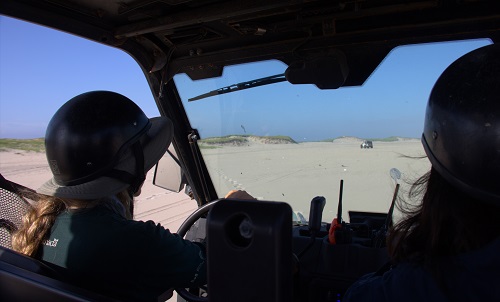
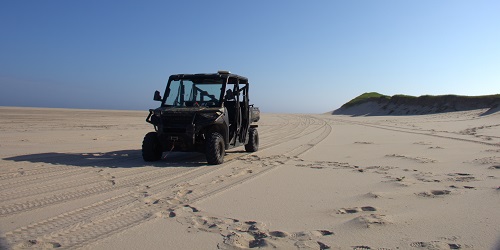
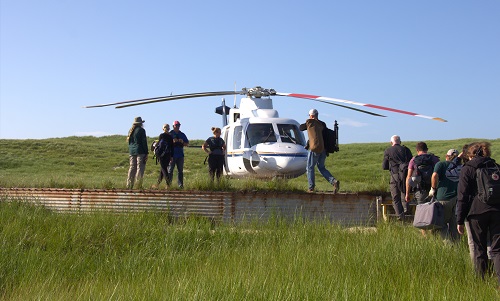
The flight home over the sunlit Atlantic Ocean was a relaxing way to conclude our adventure, and Stephen and I slept well that night. Days later, I’m still pinching myself, amazed at what we experienced. I’m also eager to get back to writing my book set on that lovely little piece of the world.
